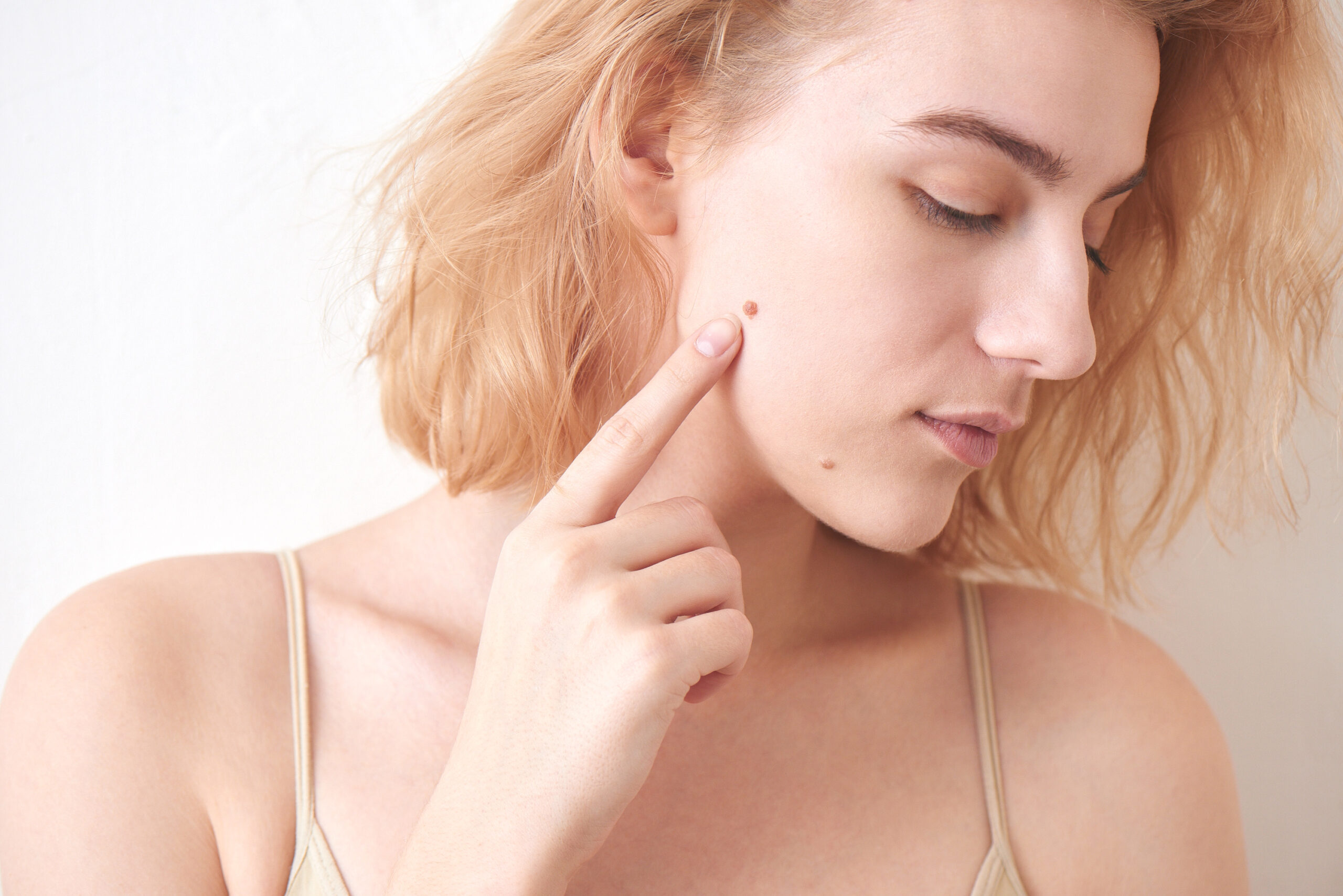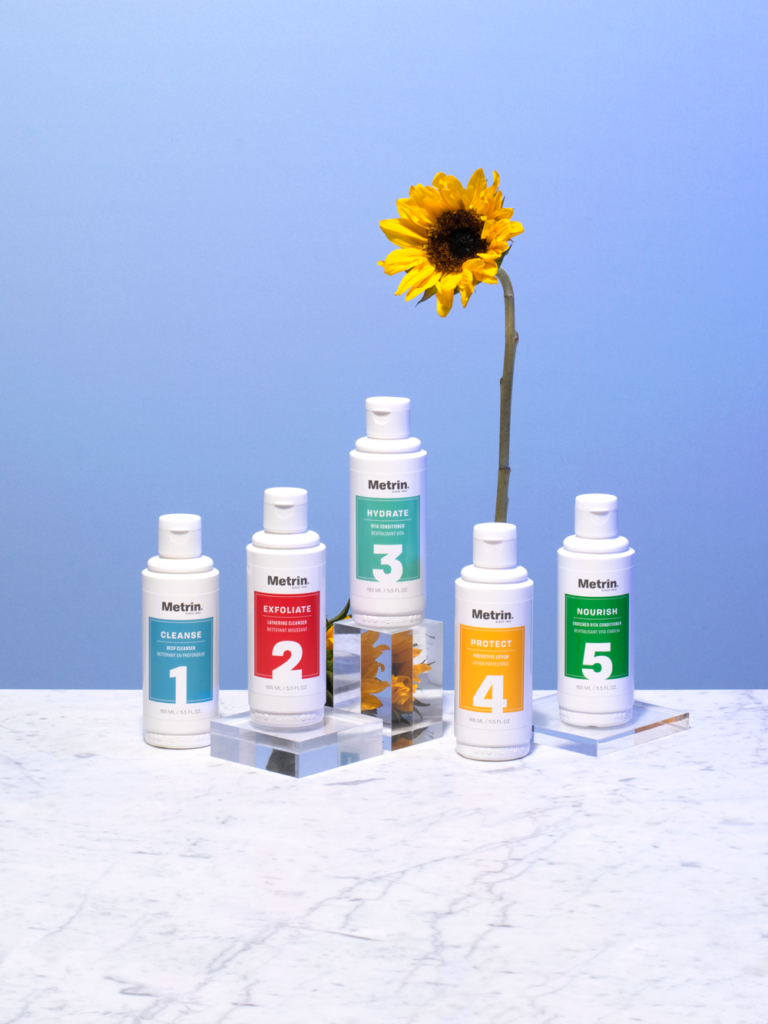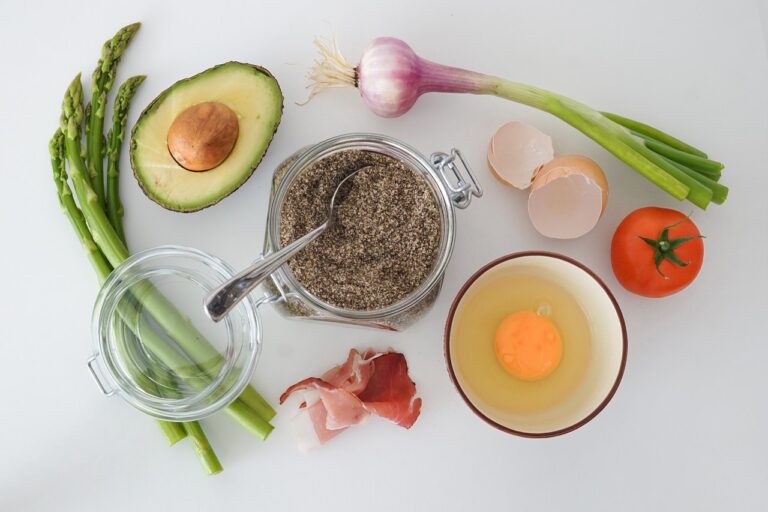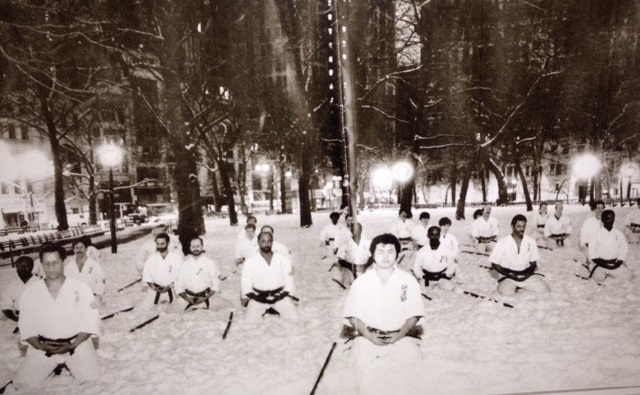Why Do You Get Skin Moles and Beauty Marks?
What do Elizabeth Taylor, Marilyn Monroe, and Cindy Crawford have in common? Other than being incredibly talented and beautiful women, all three are known for sporting prominent beauty marks. A beauty mark, of course, is a fancier name for a skin mole. These brown or black growths of the skin are exactly the same thing; it just sounds much better to call them beauty marks rather than moles!
What is a Mole?
So, what is a mole and what causes it to appear? Skin moles are created when skin cells called melanocytes grow in a cluster instead of spreading throughout the skin. Melanocytes are responsible for making the natural pigment that gives our skin its color. Moles are dark because when these cells are clustered together they produce a whole lot of pigment for just a small area of skin. Unlike freckles or brown spots, moles do not require exposure to sunlight to appear. Some people are even born with moles.
Most Moles are Benign
Skin moles are extremely common and most of them are benign, which means they are not harmful. Usually they appear from early childhood up until the age of 30. It is normal to have 10 to 40 moles on your body by adulthood. With age, some moles start to change on their own. Some people develop raised moles, and sometimes moles change color or grow hair.
Cancerous Moles
Although most of these changes are normal, some changes in moles need to be watched, and can be a cause for concern. Melanoma, a dangerous form of skin cancer, starts in moles. When checking for cancerous moles, doctors recommend looking at the A-B-C-D-E’s of the mole:
- Asymmetry: one half of the mole is a different shape from the other
- Border: the edges of the mole are ragged or blurred
- Color: the color of the mole is not the same throughout; it has different shades such as tan, brown, black, blue, white, or red
- Diameter: the mole has a diameter larger than the eraser of a pencil.
- Evolution: the mole has been changing in size, shape, or color.
If your mole presents any of the characteristics above, it is a good idea to get it checked by a dermatologist. You should be especially wary of new moles that appear after the age of 30.

The Sun and Skin Moles
Even though moles do not require sunlight in order to form, sun exposure does tend to increase the number of moles a person has, or cause moles to darken and grow larger. Too much UV exposure from the sun can also turn a mole into skin cancer. For that reason, people are advised to be especially careful with their moles when they are out in the sun. You should make sure to apply sunscreen religiously to parts of your skin that have moles and, if possible, even leave them covered up.
How To Remove Moles
Not all skin moles are welcome, though. Sometimes people feel they have too many moles or they have a mole in a location they deem to be unattractive, such as the tip of the nose. In these cases, it is possible to remove a mole. Dermatologists or plastic surgeons can remove moles through an excision (cutting), freezing with liquid nitrogen, or burning. Laser treatments also exist for mole removal, but they are not recommended for deep moles since the light cannot penetrate the skin deeply enough.
Recently, mole removal creams have started to be marketed with the promise of allowing you to remove moles yourself, in the comfort of your own home. These may seem convenient, but doctors caution that a mole removal cream can leave you with unwanted side effects, including ugly scars and the removal of too much skin. It is also inadvisable to remove any unwanted mole without first consulting your doctor since that mole may hide the beginnings of skin cancer and by removing it you are lowering your chances of detecting the cancer early.
The Good, the Bad, and the Ugly
As you can see, moles are a little like the title to the famous 1966 spaghetti Western “The Good, The Bad and the Ugly”. They can be a sign of beauty, a cosmetic nuisance, or even a serious health concern. Luckily, when it comes to moles, most of them fall into the category of “good” and should be seen as a mark of your individuality. After all, no one has moles in exactly the same places. Even identical twins can have moles in different spots. So, celebrate your very own, unique moles!
Frustrated by your skin woes? Find out How Metrin Skincare can help.







